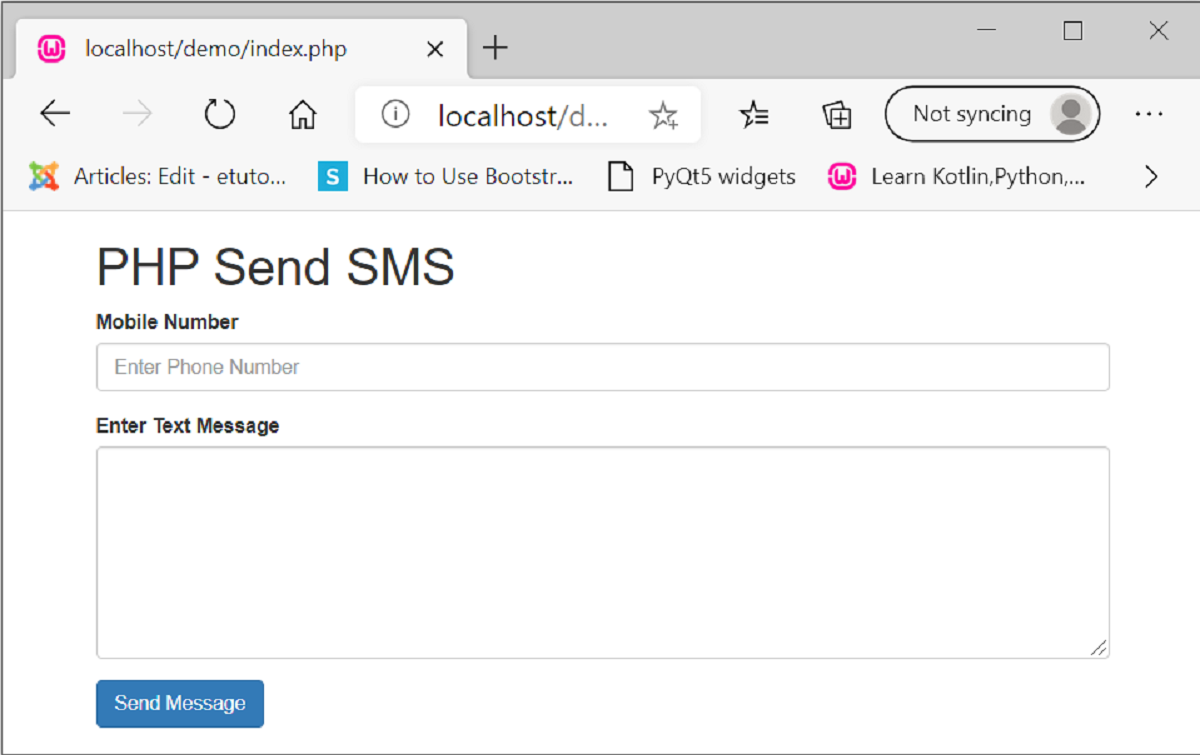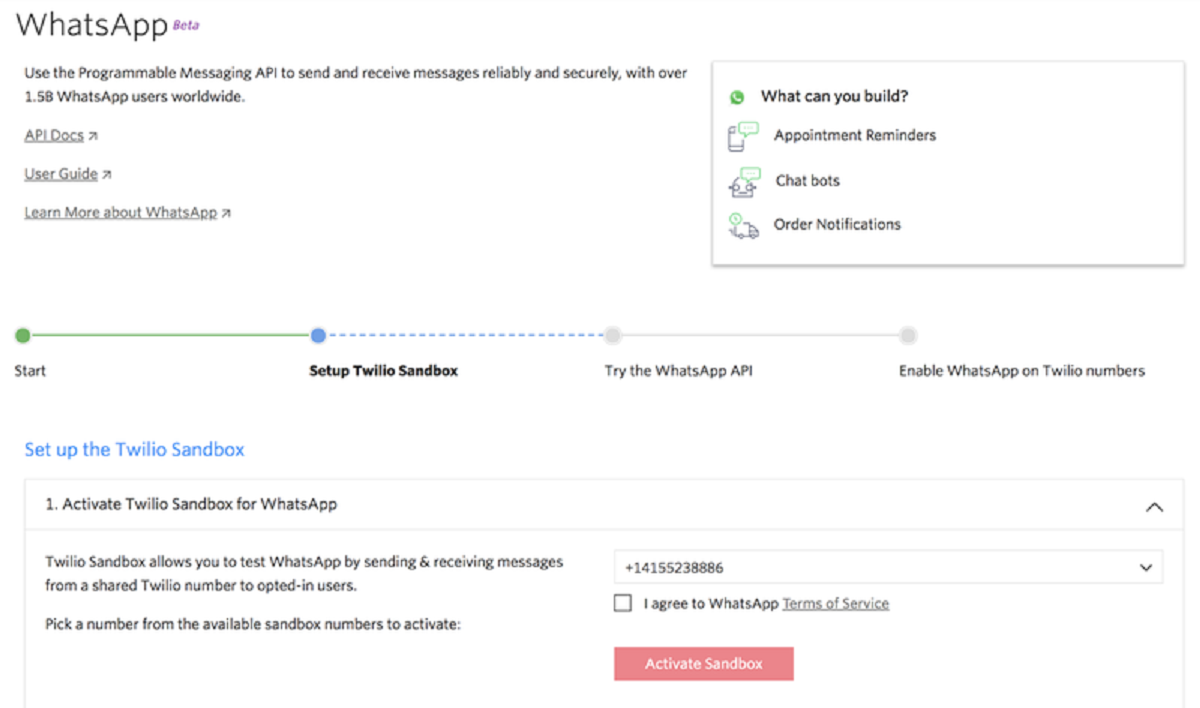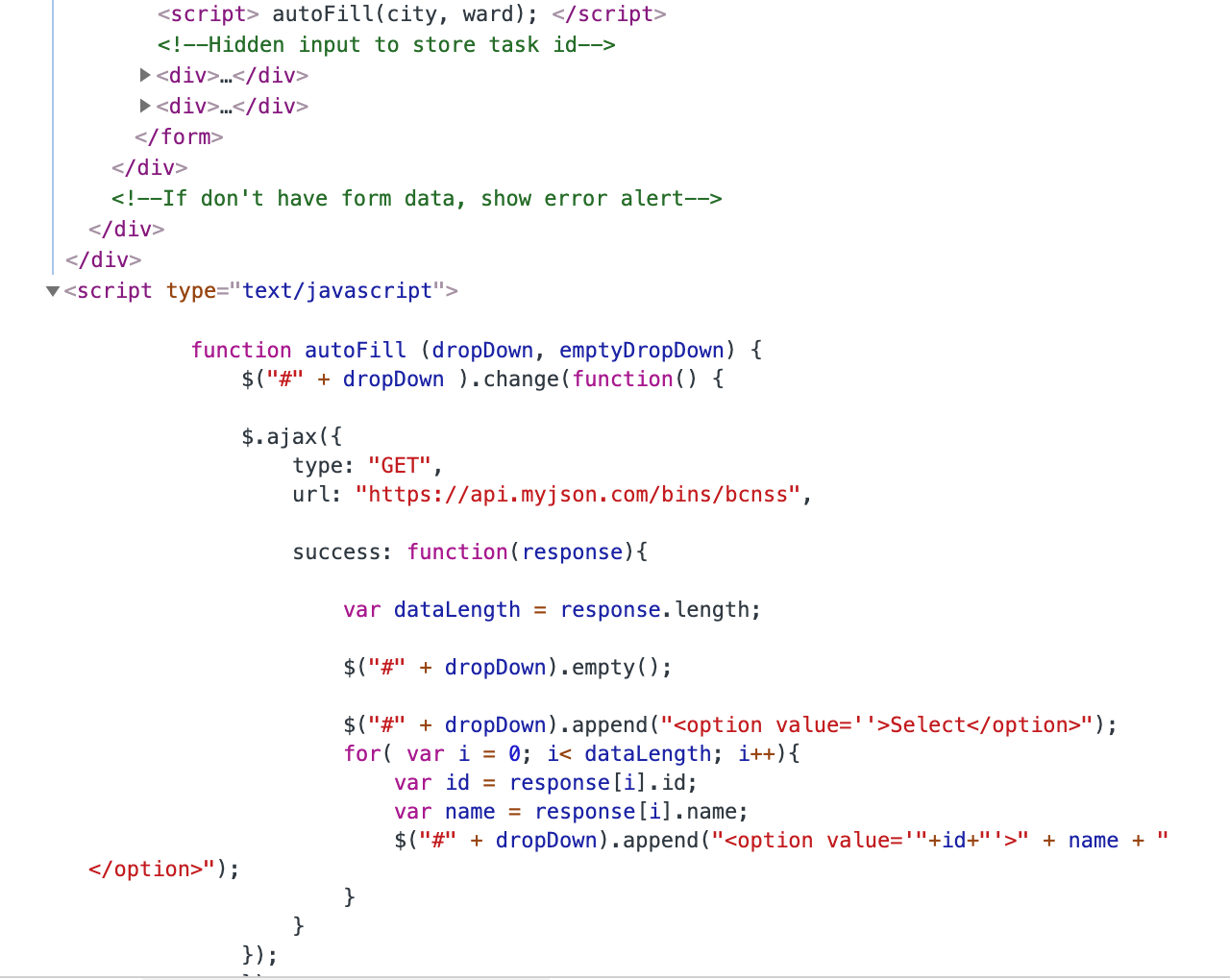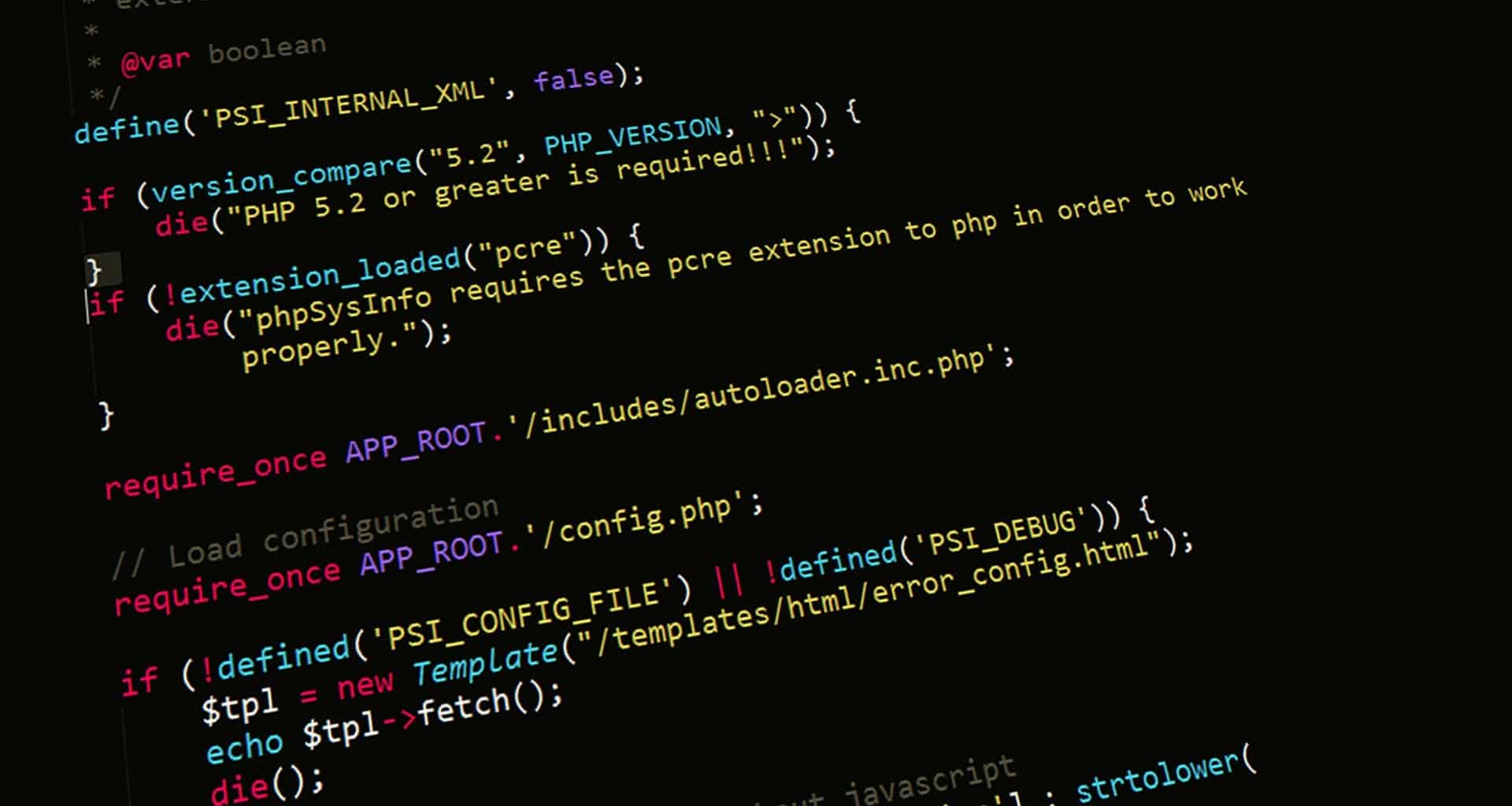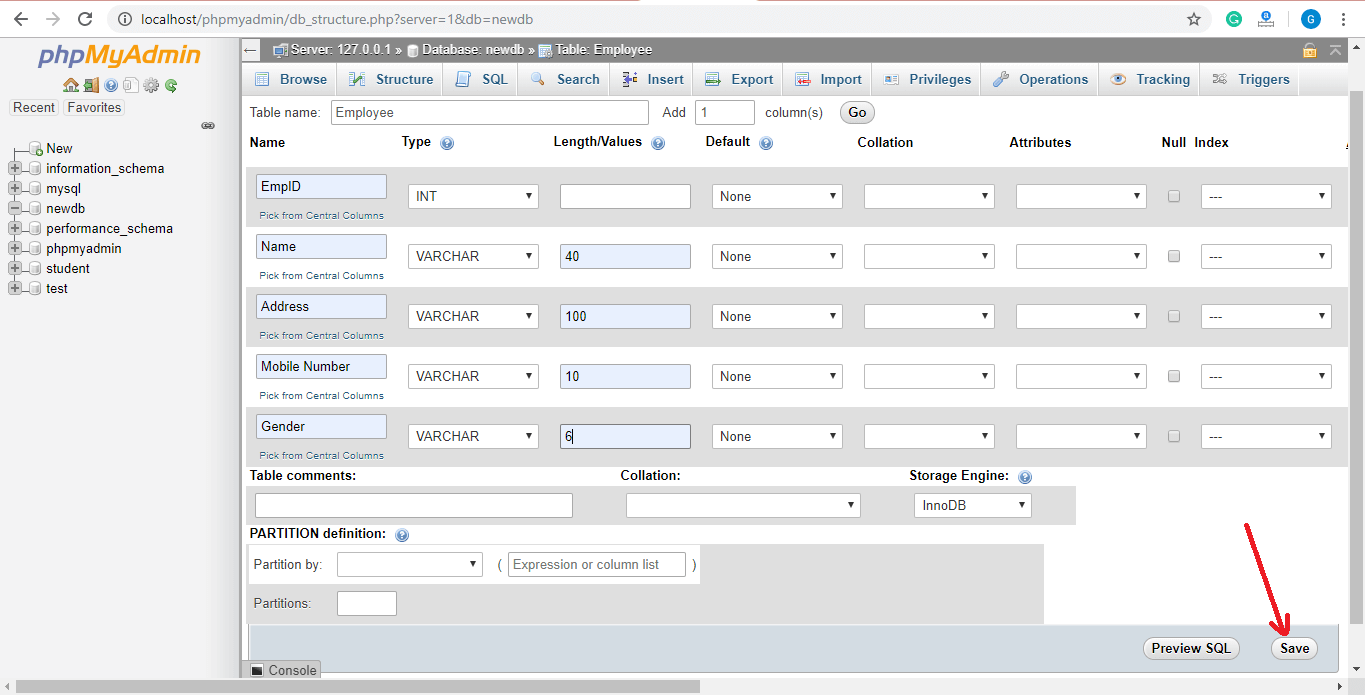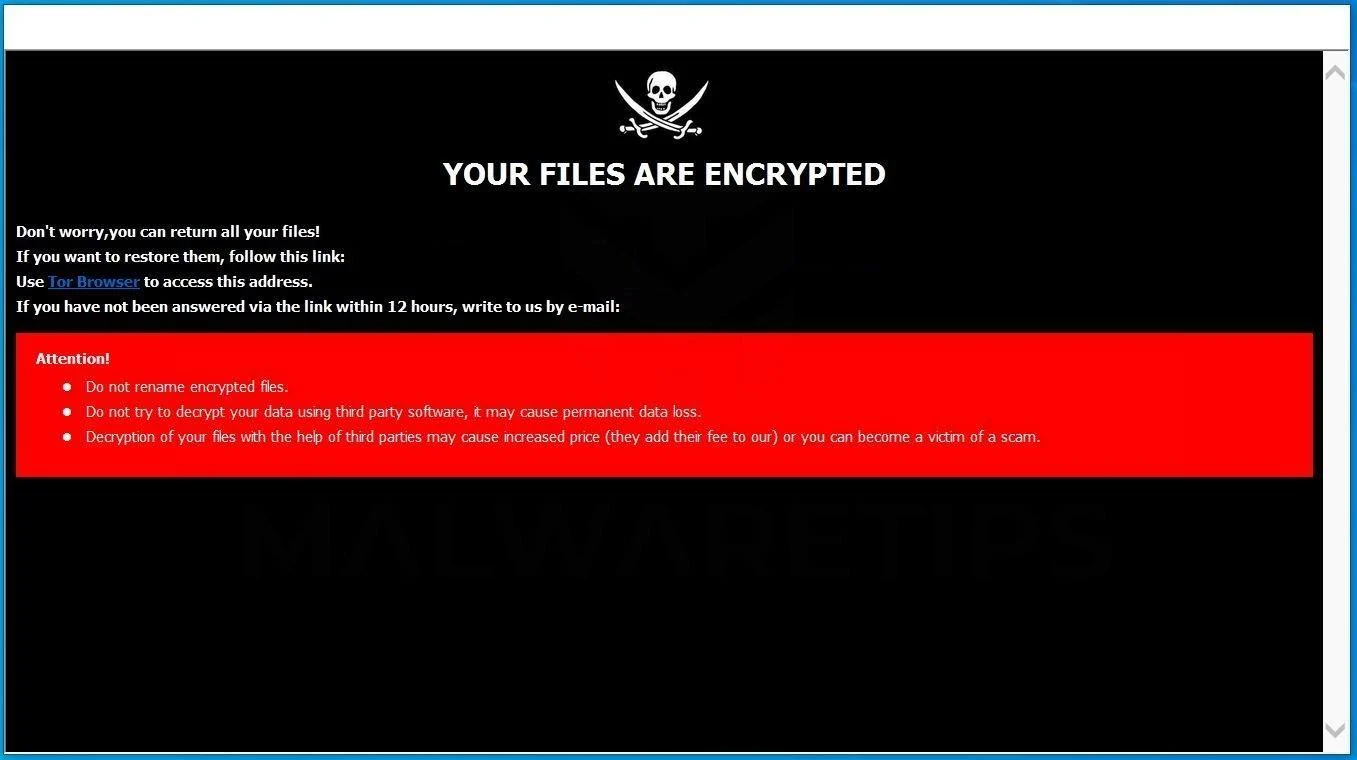Introduction
Displaying alert messages in PHP is a common requirement when developing web applications. Alert messages are used to notify users about important information, errors, or confirmations. These messages play a crucial role in providing feedback to users and enhancing the overall user experience.
In this article, we will explore different methods to display alert messages in PHP. We will cover various techniques that range from simple echo statements to more advanced methods involving JavaScript. By the end of this article, you will have a clear understanding of how to effectively display alert messages in your PHP applications.
Before we dive into the different methods, it’s important to note that alert messages can be customized to suit your specific needs. You can format the message text, style the alert box, and even add icons or buttons for additional functionality. The methods we will cover serve as the foundation for displaying alert messages, and you can build upon them to create more visually appealing and user-friendly alerts.
Without further ado, let’s explore these methods in detail and learn how to display alert messages in PHP.
Method 1: Using the echo statement
The simplest way to display an alert message in PHP is by using the echo statement. The echo statement allows you to output text or HTML directly to the browser.
To display an alert message using the echo statement, you can simply echo a string of HTML code that represents the alert box. Here is an example:
<?php
echo '<div class="alert">This is an alert message</div>';
?>
In the example above, we use the div element with a class of “alert” to represent the alert box. You can style this alert box using CSS to make it more visually appealing.
It’s important to note that when using the echo statement, you need to ensure that the HTML code is properly encoded. This means any special characters or HTML tags within the string should be escaped using the relevant encode functions, such as htmlspecialchars() or htmlentities().
The echo statement is a straightforward and convenient way to display alert messages directly in your PHP code. However, it is limited in terms of customization and interactivity. If you want to create more dynamic and interactive alert messages, you may want to explore other methods.
Now that we have covered the first method, let’s move on to the next method and explore another way to display alert messages in PHP.
Method 2: Using the print statement
Similar to the echo statement, you can also use the print statement to display alert messages in PHP. The print statement serves the same purpose as echo and allows you to output text or HTML directly to the browser.
To display an alert message using the print statement, you can simply print a string of HTML code that represents the alert box. Here is an example:
<?php
print '<div class="alert">This is an alert message</div>';
?>
In the example above, we use the div element with a class of “alert” to represent the alert box. Just like with the echo statement, you can style this alert box using CSS to customize its appearance.
Similar to the echo statement, you also need to ensure that the HTML code is properly encoded when using the print statement. Make sure to escape any special characters or HTML tags within the string using relevant encode functions, such as htmlspecialchars() or htmlentities().
The print statement provides an alternative way to display alert messages in PHP. It functions similarly to the echo statement, giving you the flexibility to output HTML or text directly to the browser.
Now that we have explored the second method, let’s move on to the next method and delve into another technique for displaying alert messages in PHP.
Method 3: Using the printf function
In addition to the echo and print statements, another way to display alert messages in PHP is by using the printf function. The printf function allows you to format and output text or HTML to the browser with more flexibility.
With the printf function, you can define a format string that includes placeholders for variables or dynamic values. These placeholders are replaced with the corresponding values you provide. Here is an example:
<?php
$message = "This is an alert message";
printf("<div class='alert'>%s</div>", $message);
?>
In the example above, we assign the alert message to a variable called $message and pass it as an argument to the printf function. The format string includes a placeholder %s that represents the string value we want to display.
The printf function then replaces the placeholder with the value of the $message variable, resulting in the desired alert message being displayed within the HTML code.
Like the previous methods, you need to ensure that any variables you pass to the printf function are properly encoded and sanitized to prevent any HTML or code injection vulnerabilities.
The printf function offers greater flexibility in formatting and customizing your alert messages. It allows you to include dynamic values and format them based on specific placeholders, giving you more control over the output.
Now that we have covered the third method, let’s continue to the next method and explore yet another way to display alert messages in PHP.
Method 4: Using the die function
The die() function in PHP not only terminates the execution of a script but also allows you to display a custom error message or alert before exiting the script.
Using the die() function, you can display an alert message and stop the script execution at any point if a certain condition is met or an error occurs. Here is an example:
<?php
// Check if a required variable is empty
if (empty($myVariable)) {
die('Alert: This is a required field');
}
?>
In the example above, we check if the variable $myVariable is empty. If it is empty, the die() function is called, displaying the alert message “Alert: This is a required field” and terminating the script execution.
The die() function is useful when you want to immediately stop the script and display an alert message to notify the user about a critical error or condition. It can be helpful in scenarios where further script execution is not possible or desirable.
Remember to properly format and encode the alert message string that you pass to the die() function to ensure it is displayed correctly and safely.
Now that we have explored the fourth method, let’s move on to the next method and discover another technique to display alert messages in PHP.
Method 5: Using the alert function in JavaScript
Aside from using PHP to display alert messages, you can also leverage JavaScript to create more interactive and dynamic alerts in your web applications. The alert() function in JavaScript is a popular tool for displaying simple dialog boxes with a message.
To use the alert() function, you can embed JavaScript code within your PHP file or include it externally. Here is an example:
<?php
// Embedding JavaScript within PHP
echo '<script>';
echo 'alert("This is an alert message");';
echo '</script>';
?>
In the example above, we use the echo statement to output the JavaScript code that triggers the alert() function. When the code is executed, it displays a dialog box with the message “This is an alert message.”
The alert() function allows you to display various alert messages, including informational messages, warnings, and confirmations. You can customize the message text, add buttons or icons, and even incorporate input fields to prompt the user for information.
By using JavaScript, you can create more interactive and visually appealing alert messages that engage users and provide a better user experience.
Remember to properly encode any dynamic values or user-generated content that you include within the alert message to prevent any potential security vulnerabilities.
Now that we have covered the fifth method, let’s summarize the different methods we explored for displaying alert messages in PHP.
Conclusion
In this article, we have explored five different methods for displaying alert messages in PHP. Each method offers its own advantages and can be used based on the specific requirements of your web application.
The first method involved using the echo statement, which allows you to output HTML or text directly to the browser. It is a simple and straightforward way to display alert messages.
The second method introduced the print statement, which functions similarly to echo and provides another way to display alert messages in PHP.
The third method explored using the printf function, which allows for more advanced formatting and customizing of alert messages, including including dynamic values.
The fourth method involved using the die() function, which not only stops script execution but also displays a custom error message or alert before terminating the script.
Lastly, we discussed leveraging JavaScript to display alert messages using the alert() function. This method offers more interactivity and customization options.
When using any of these methods, it is crucial to properly encode any user-generated content or dynamic values to ensure security and prevent potential vulnerabilities.
By understanding these different methods, you can choose the most appropriate one based on your specific needs and implement effective and visually appealing alert messages in your PHP applications.
Whether you opt for simplicity, advanced formatting, or interactivity, displaying alert messages in PHP enhances user experience and provides crucial feedback to your users.
Remember to experiment with different styling and customization options to make your alert messages more visually appealing and impactful.
We hope this article has provided you with valuable insights and guidance for displaying alert messages in PHP. Now you can confidently enhance the user experience and communicate important information to your users effectively.









